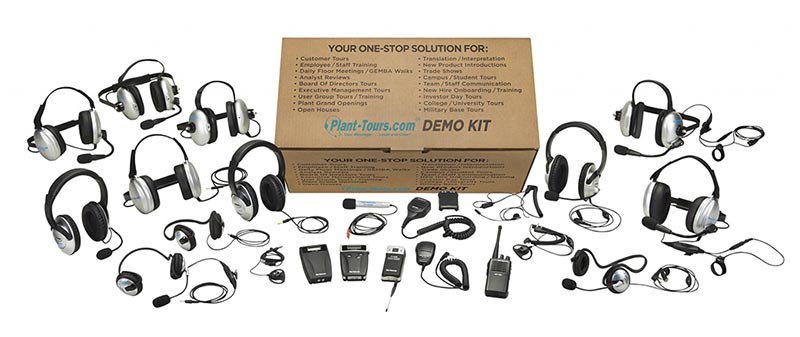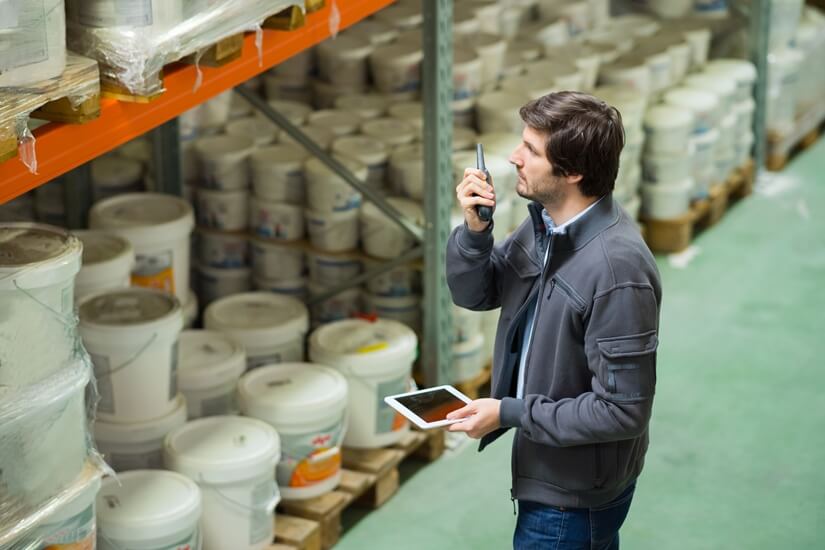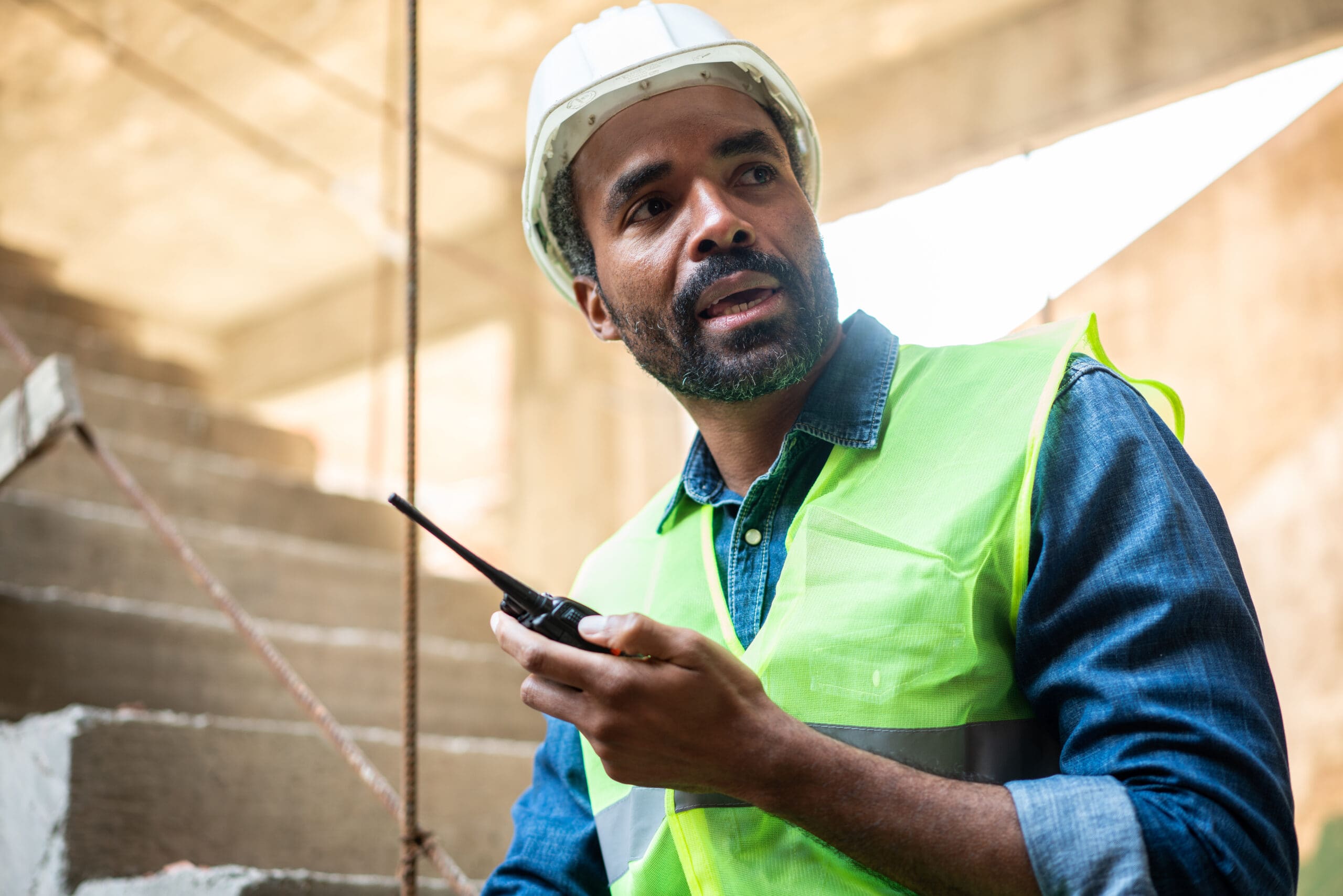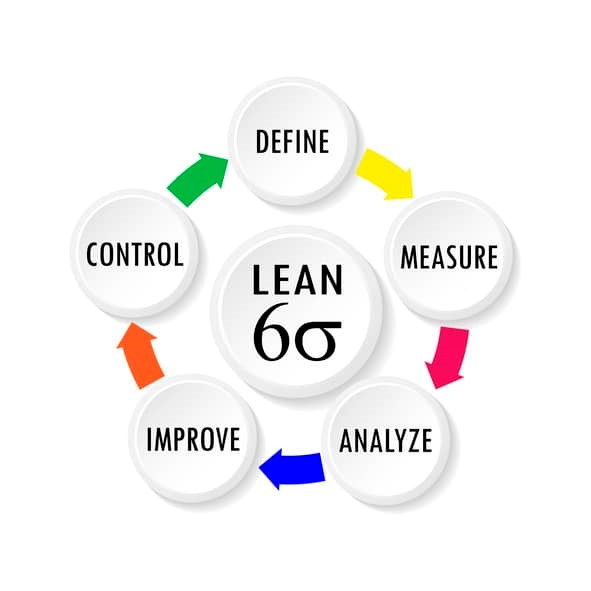The century-old technology of two-way radio communications is commonplace in all walks of life these days. The real-time interaction it allows is indispensable in several different settings. Two-way radios are also a vital component of countless commercial enterprises.
But what exactly is two-way radio communication? How does it work, and how can it benefit you and your business? We’ve compiled a general list of everything you need to know below.
What Is Two-Way Radio?
The first official radio was invented by Italian Gugliemo Marconi back in 1895. A traditional radio allows us to hear audio waves transmitted from a distance. However, it does not allow us to communicate back. A two-way radio, on the other hand, both transmits and receives audio waves, facilitating real-time two-way voice communication between people.
Ships around the world were already using a version of two-way radios as early as 1907. However, the first official mobile two-way radio would not be developed until 1923. That’s when Senior Constable Frederick William Downie of Australia’s Victoria Police engineered an interactive system to be used in his department’s police cars. These early ancestors of two-way radios were crude and clunky, taking up most of the car’s backseat. But they also replaced the need for Australian police to rely on telephones. Moreover, they revolutionized worldwide communication for decades to come.
What Is the Importance of Two-Way Radio?
In today’s high-tech world of cell phones, text messages, and scores of interactive platforms, two-way radios remain the most reliable means of communication for many. And they have countless practical applications in a variety of different environments.
Commercial Travel and Emergency Services
Two-way radio communication remains vital for most forms of commercial travel, for example. Ambulances and other emergency services depend on two-way radios to guarantee the fastest possible response times.
Parents, caregivers, hospitals, and other healthcare facilities can ensure the safety and well-being of children, patients, and staff using baby monitors, walkie-talkies, headsets, etc. And the significance of two-way radios for security, police, and military services cannot be overstated.
Manufacturing & Weather Services
Two-way radios are also crucial for effective communication on manufacturing floors between employees and other stakeholders.
The National Oceanic and Atmospheric Administration (NOAA) is one of many radio services that rely on two-way radios to share continuous real-time scientific information nationwide, thus ensuring public safety.
Media and Entertainment Industry
Two-way radios are an integral part of media, politics, and the entertainment industry too. They’re used daily by anyone from news broadcasters, talk show hosts, and podcasters to technicians, security guards, and performers.
And two-way tour guide systems are becoming increasingly popular in museums and other recreational and educational facilities, helping provide the best possible services to the public.
In short, wherever there’s a need for two or more people to have clear, real-time audio communication over distances — for whatever reason — two-way radios are as an invaluable resource as ever.
Frequently Asked Questions About Two-Way Radio Communications:
How Do Two-Way Radios Communicate?
The science behind two-way radios can be somewhat complicated. In simple terms, two-way radios convert audio waves to radio waves. These radio waves are transmitted through the air, received by other radios, and then converted back to audio — all in the blink of an eye.
The three main components of a two-way radio are therefore an audio transceiver, a transmitter, and a receiver. Many digital radios also use a repeater to enhance communication. Repeaters reduce background noise in an incoming signal.
What Are The 3 Most Common Types of Two-Way Radios?
The three most common types of two-way radios are:
- Stationary
- Mobile
- Hand-Held (e.g., walkie-talkie)
Stationary two-way radios are traditionally analog and can be installed in several settings (for example, a factory office). Mobile radios can be mounted in boats, cars, and other vehicles. And walkie-talkies are probably the most popular example of portable two-way radios. But many portable two-way radios can also be used hands-free.
Two-way radios can be analog and digital. The portable ones usually come with several accessories — headphones, mics, rechargeable batteries, chargers, and so on. And the average battery life of a two-way radio is 1.5 to 2 years.
What Is the Difference Between a Walkie-Talkie and a 2-Way Radio?
Two-way radios and walkie-talkies are often used interchangeably. Both are transceivers and enable two-way communication over distances. However, the difference is that a walkie-talkie is always portable, while a two-way radio can be either portable or stationary. For example, two-way radios can be mounted in a base station, on a desk, in a car, and so on. So, in other words, all walkie-talkies are two-way radios, but not all two-way radios are walkie-talkies.
Another difference is that two-way radio can be both portable and hands-free (e.g., hands-free headsets). Meanwhile, a walkie-talkie is always a handheld device. While you can walk and talk with one as its name implies, it usually uses a ptt (push-to-talk) mechanism — which means you generally need at least one hand free to use it.
How Far Can Two-Way Radios Communicate?
On average, a standard two-way radio can communicate anywhere between 150 feet to 2 miles. But the science behind radio wavelengths gets very technical, and there really isn’t one set answer as to how far a two-way radio can communicate.
Most two-way radios have a frequency range of 150 Mhz to 900 Mhz. This means the audio waves mostly travel in straight lines, and the receiver has to be within the transmitter’s line of sight. So, the waves usually can’t travel beyond the curvature of the Earth.
However, radio signals can bypass various obstructions — such as walls, trees, water, etc. And with the use of towers and antennas, radio waves can be reflected. So, the line of sight between transmitters and receivers can often be greatly extended.
The overall functionality, compatibility, and frequency range of two-way radios depend on several different factors: the type of frequency used (see below), man-made and/or natural obstructions, Wi-Fi and Bluetooth connectivity, interfering signals, low power, and so on. It basically comes down to the specific environment you are in and the type of radio you are using.
What Type of Frequency Should I Use with my Two-Way Radio?
Most commercial two-way radios use either UHF (Ultra High Frequency) or VHF (Very High Frequency) channels. Lower frequencies generally travel greater distances, while higher frequencies work best indoors. But, depending on your environment, both UHF and VHF have their advantages and disadvantages.
In the U.S., the FCC officially assigns a frequency for your radios when it comes to your business. You are required to have a license to operate in any UHF channel. Many VHF channels require a license too, while VHF MURS (Multi-Use Radio Service) frequencies can be used license-free.
Noncommercial radio users often opt for license-free FRS (Family Radio Service) units. GMRS (General Mobile Radio Service) devices — commonly used for shorter-range communication — are slightly more powerful than FRS devices. But GMRS radios also require a license.
Make sure to do your research and ask around. Meanwhile, you can learn about the basic practical applications of the above frequencies/radios in our article “Two-Way Radios vs Walkie Talkies”.
What Are 3 Basic Rules for Using Two-Way Radios to Communicate?
Different environments will have their own sets of rules for proper radio communication. However, the three most common rules in two-way radio communication etiquette worldwide are simplicity, brevity, and clarity. But depending on the nature of the communication, security is often in the top three too.
So, keep it simple, be brief, and stick to the point. Make sure you speak clearly, don’t interrupt, and listen attentively. And don’t transmit sensitive information — such as passwords, privacy codes, financial details, etc. — unless you know exactly who’s listening.
How to Choose Two-Way Radio Tour Guide Systems
When it comes to choosing a tour guide system, there are a number of different factors to consider. First, ask yourself what challenges you might face in terms of your environment. Are you giving a street or nature tour, or are you touring a museum, factory, or workplace? What are the general level of background noise, interference, and obstruction, and what kind of distances do you want to cover?
Another thing to consider is the size of your tour. How many people are you generally working with? How interactive is your tour, and how many channels will you use? Do you prefer digital or analog, stationary, portable, or mobile, and handheld or hands-free devices? The system you choose depends solely on the specific tour you want to conduct.
Plant Tours offers a variety of options to help meet your specific tour guide needs. We can also send you a Free Demo Kit to test them all out.
There are countless applications for the age-old technology of two-way communication today, and the possibilities are endless. So, educate yours elf, do your own research, and see if it might benefit you and your company too.







